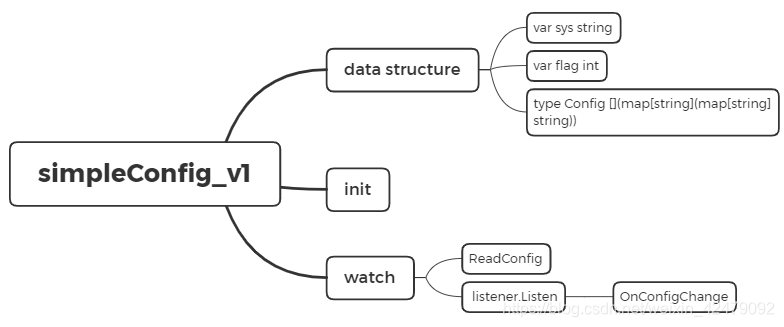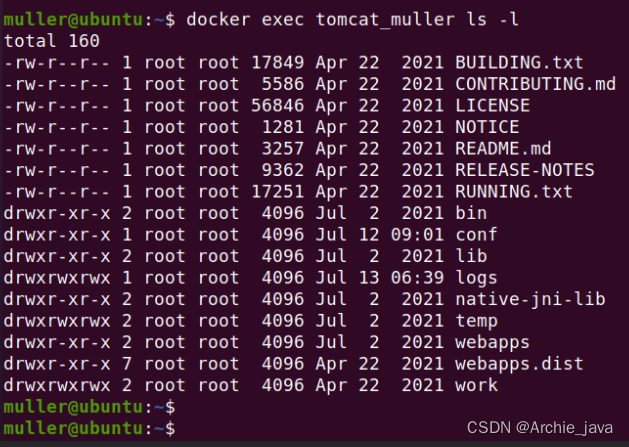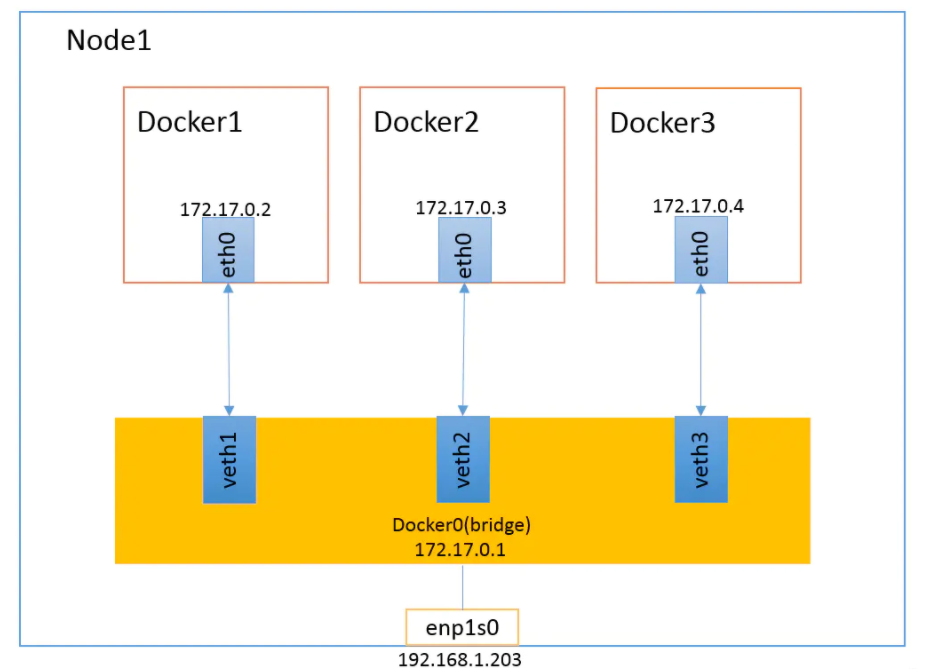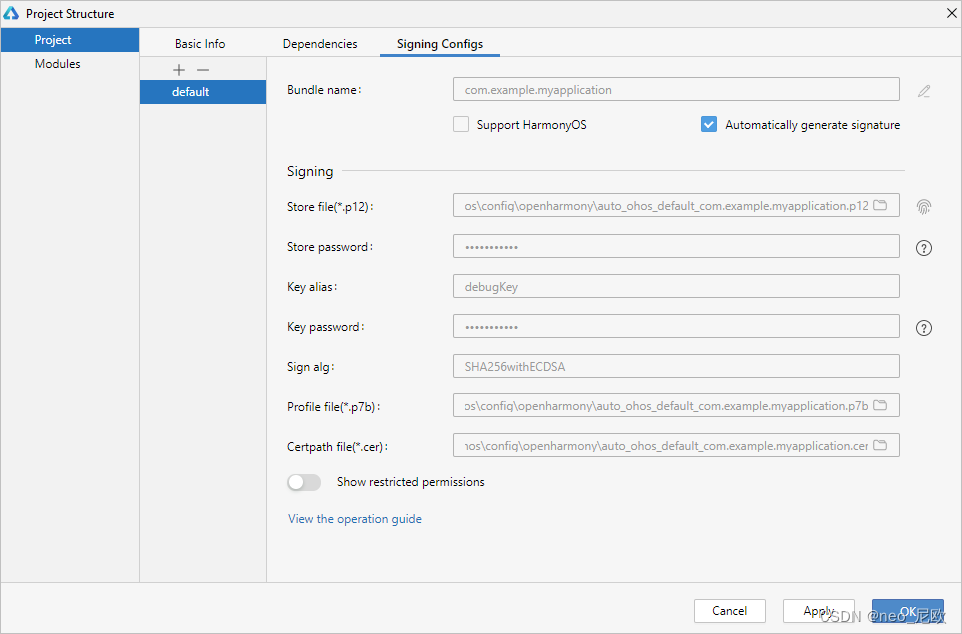作为一个框架,我们还没有相应的缓存组件,下面我们就来构建我们的缓存组件。
先来定义一下接口,在 src 文件夹下创建 cache 文件夹,在cache文件夹下创建 CacheInterface.php 文件,其中定义 Cache 相应的接口,其内容如下:
<?php
namespace sf\cache;/*** CacheInterface* @author Harry Sun <sunguangjun@126.com>*/
interface CacheInterface
{/*** Builds a normalized cache key from a given key.*/public function buildKey($key);/*** Retrieves a value from cache with a specified key.*/public function get($key);/*** Checks whether a specified key exists in the cache.*/public function exists($key);/*** Retrieves multiple values from cache with the specified keys.*/public function mget($keys);/*** Stores a value identified by a key into cache.*/public function set($key, $value, $duration = 0);/*** Stores multiple items in cache. Each item contains a value identified by a key.*/public function mset($items, $duration = 0);/*** Stores a value identified by a key into cache if the cache does not contain this key.* Nothing will be done if the cache already contains the key.*/public function add($key, $value, $duration = 0);/*** Stores multiple items in cache. Each item contains a value identified by a key.* If the cache already contains such a key, the existing value and expiration time will be preserved.*/public function madd($items, $duration = 0);/*** Deletes a value with the specified key from cache*/public function delete($key);/*** Deletes all values from cache.*/public function flush();
}定义了 buildKey/get/mget/set/mset/exists/add/madd/delete/flush接口,对应功能如下:
- buildKey:构建真正的 key,避免特殊字符影响实现
- get:根据 key 获取缓存的值
- mget:根据 keys 数组获取多个缓存值
- set:根据 key 设置缓存的值
- mset:根据数组设置多个缓存值
- exists:判断 key 是否存在
- add:如果 key 不存在就设置缓存值,否则返回false
- madd:根据数组,判断相应的 key 不存在就设置缓存值
- delete:根据 key 删除一个缓存
- flush:删除所有的缓存
实现缓存,可以使用很多方式,比如使用文件、数据库、memcache 以及 Redis 等。
我们今天先使用文件缓存来实现相应的接口。
其主要思想就是,每一个 key 都对应一个文件,缓存的内容序列化一下,存入到文件中,取出时再反序列化一下。剩下的基本都是相应的文件操作了。
在 src/cache 文件夹下创建 FileCache.php 文件,其内容如下:
<?php
namespace sf\cache;/*** CacheInterface* @author Harry Sun <sunguangjun@126.com>*/
class FileCache implements CacheInterface
{/*** @var string the directory to store cache files.* 缓存文件的地址,例如/Users/jun/projects/www/simple-framework/runtime/cache/*/public $cachePath;/*** Builds a normalized cache key from a given key.*/public function buildKey($key){if (!is_string($key)) {// 不是字符串就json_encode一把,转成字符串,也可以用其他方法$key = json_encode($key);}return md5($key);}/*** Retrieves a value from cache with a specified key.*/public function get($key){$key = $this->buildKey($key);$cacheFile = $this->cachePath . $key;// filemtime用来获取文件的修改时间if (@filemtime($cacheFile) > time()) {// file_get_contents用来获取文件内容,unserialize用来反序列化文件内容return unserialize(@file_get_contents($cacheFile));} else {return false;}}/*** Checks whether a specified key exists in the cache.*/public function exists($key){$key = $this->buildKey($key);$cacheFile = $this->cachePath . $key;// 用修改时间标记过期时间,存入时会做相应的处理return @filemtime($cacheFile) > time();}/*** Retrieves multiple values from cache with the specified keys.*/public function mget($keys){$results = [];foreach ($keys as $key) {$results[$key] = $this->get($key);}return $results;}/*** Stores a value identified by a key into cache.*/public function set($key, $value, $duration = 0){$key = $this->buildKey($key);$cacheFile = $this->cachePath . $key;// serialize用来序列化缓存内容$value = serialize($value);// file_put_contents用来将序列化之后的内容写入文件,LOCK_EX表示写入时会对文件加锁if (@file_put_contents($cacheFile, $value, LOCK_EX) !== false) {if ($duration <= 0) {// 不设置过期时间,设置为一年,这是因为用文件的修改时间来做过期时间造成的// redis/memcache 等都不会有这个问题$duration = 31536000; // 1 year}// touch用来设置修改时间,过期时间为当前时间加上$durationreturn touch($cacheFile, $duration + time());} else {return false;}}/*** Stores multiple items in cache. Each item contains a value identified by a key.*/public function mset($items, $duration = 0){$failedKeys = [];foreach ($items as $key => $value) {if ($this->set($key, $value, $duration) === false) {$failedKeys[] = $key;}}return $failedKeys;}/*** Stores a value identified by a key into cache if the cache does not contain this key.*/public function add($key, $value, $duration = 0){// key不存在,就设置缓存if (!$this->exists($key)) {return $this->set($key, $value, $duration);} else {return false;}}/*** Stores multiple items in cache. Each item contains a value identified by a key.*/public function madd($items, $duration = 0){$failedKeys = [];foreach ($items as $key => $value) {if ($this->add($key, $value, $duration) === false) {$failedKeys[] = $key;}}return $failedKeys;}/*** Deletes a value with the specified key from cache*/public function delete($key){$key = $this->buildKey($key);$cacheFile = $this->cachePath . $key;// unlink用来删除文件return unlink($cacheFile);}/*** Deletes all values from cache.* Be careful of performing this operation if the cache is shared among multiple applications.* @return boolean whether the flush operation was successful.*/public function flush(){// 打开cache文件所在目录$dir = @dir($this->cachePath);// 列出目录中的所有文件while (($file = $dir->read()) !== false) {if ($file !== '.' && $file !== '..') {unlink($this->cachePath . $file);}}// 关闭目录$dir->close();}
}相关实现的解释都直接写在code中的注释里了。
然后我们来测试一下我们的缓存组件,首先我们需要添加一下配置文件,在 config 文件夹下创建 cache.php 文件,配置如下内容:
<?php
return ['class' => '\sf\cache\FileCache','cachePath' => SF_PATH . '/runtime/cache/'
];然后在 SiteController.php 中简单使用如下:
public function actionCache(){$cache = Sf::createObject('cache');$cache->set('test', '我就是测试一下缓存组件');$result = $cache->get('test');$cache->flush();echo $result;}访问 http://localhost/simple-framework/public/index.php?r=site/cache 路径,得到结果如下:
我就是测试一下缓存组件这样我们完成了使用文件的缓存组件。
好了,今天就先到这里。项目内容和博客内容也都会放到Github上,欢迎大家提建议。
code:https://github.com/CraryPrimitiveMan/simple-framework/tree/0.9
blog project:https://github.com/CraryPrimitiveMan/create-your-own-php-framework






















